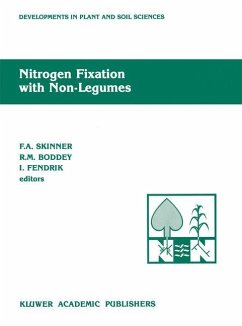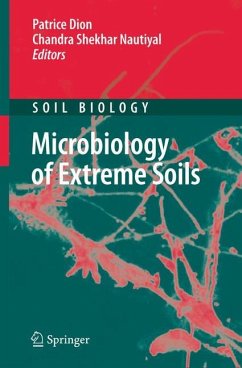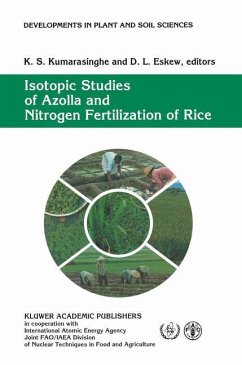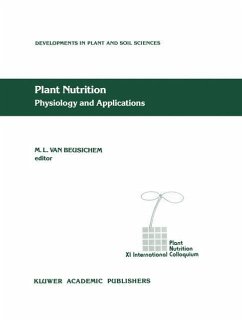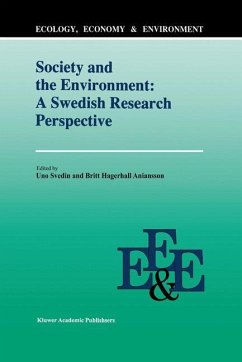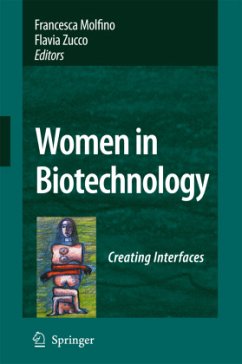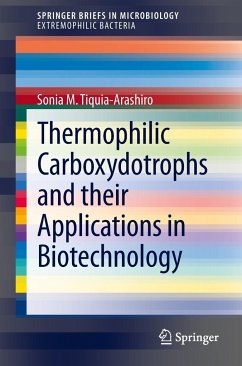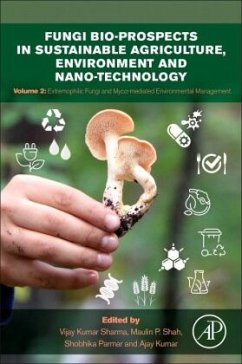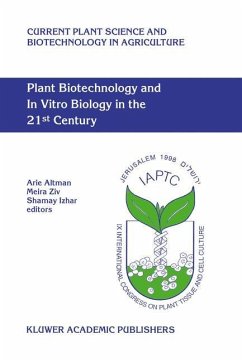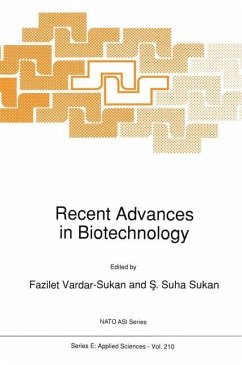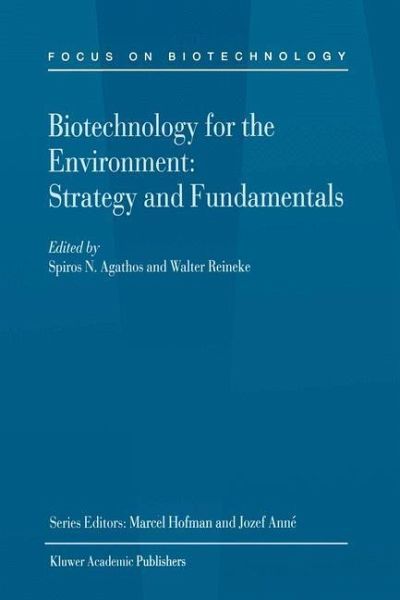
Biotechnology for the Environment: Strategy and Fundamentals

PAYBACK Punkte
19 °P sammeln!
At the dawn of the 21st century, biotechnology is emerging as a key enabling technology for sustainable environmental protection and stewardship. Biotechnology for the Environment: Strategy and Fundamentals captures the dynamism of environmental biotechnology as it addresses the molecular functioning of microorganisms as cleanup agents, their communal interactions in natural and polluted ecosystems, and the foundations of practical bioremediation processes. Chapters on biological pollution control in the chemical industry, biodegradation of persistent molecules (halogenated compounds, polycycl...
At the dawn of the 21st century, biotechnology is emerging as a key enabling technology for sustainable environmental protection and stewardship. Biotechnology for the Environment: Strategy and Fundamentals captures the dynamism of environmental biotechnology as it addresses the molecular functioning of microorganisms as cleanup agents, their communal interactions in natural and polluted ecosystems, and the foundations of practical bioremediation processes. Chapters on biological pollution control in the chemical industry, biodegradation of persistent molecules (halogenated compounds, polycyclic aromatic hydrocarbons, polychlorinated biphenyls, pesticides, detergents, etc.), microbial diversity with impact on global change, bioaugmentation strategies, and sensors for ecotoxicological monitoring, will be of value to environmental scientists, engineers, and decision-makers involved in the development, evaluation, or implementation of biological treatment systems.
For information on Soil Remediation, see Focus on Biotechnology volume 3B, and for information on Waste Water and Waste Gas Handling, see Focus on Biotechnology volume 3C.
For information on Soil Remediation, see Focus on Biotechnology volume 3B, and for information on Waste Water and Waste Gas Handling, see Focus on Biotechnology volume 3C.





